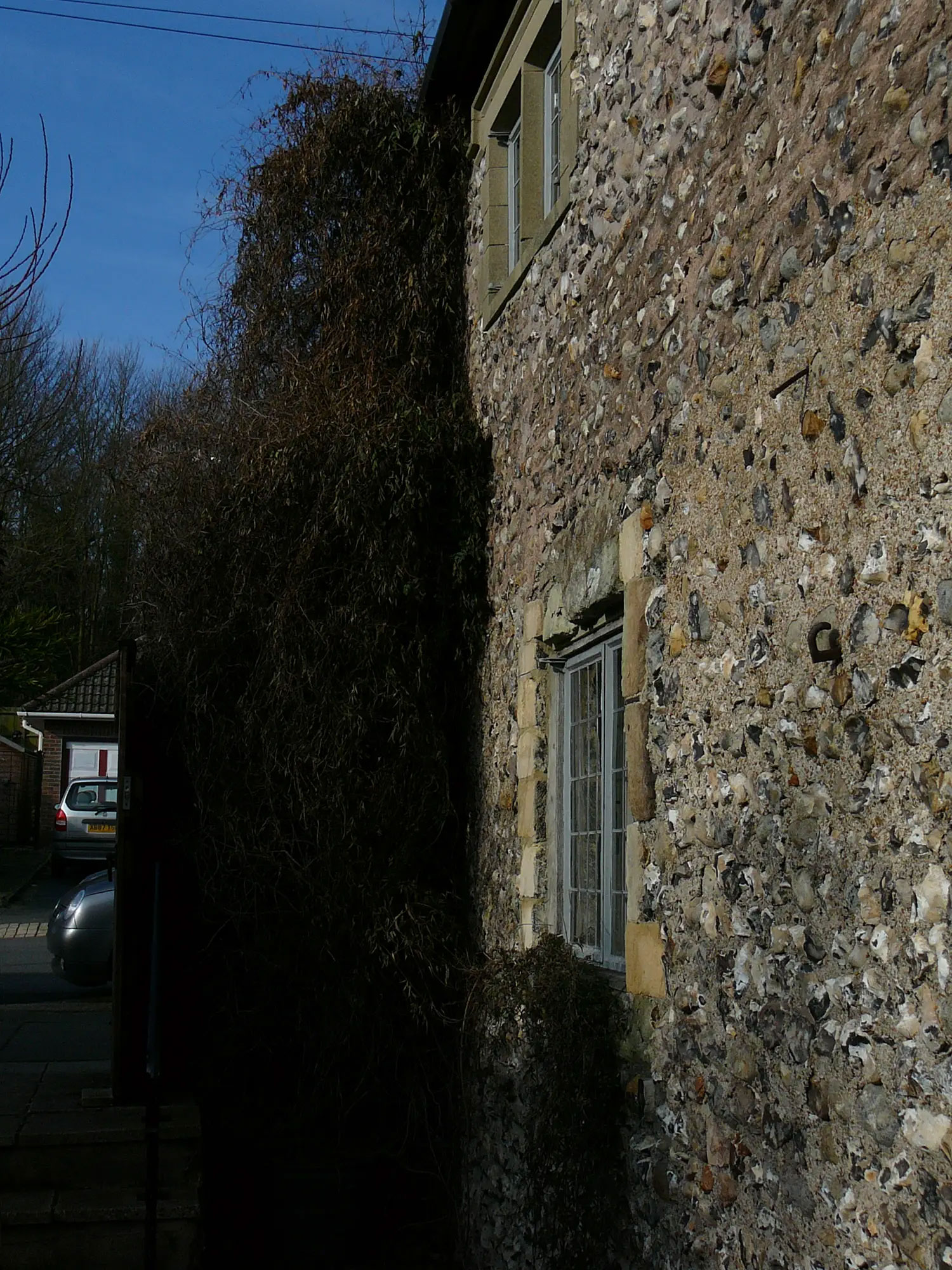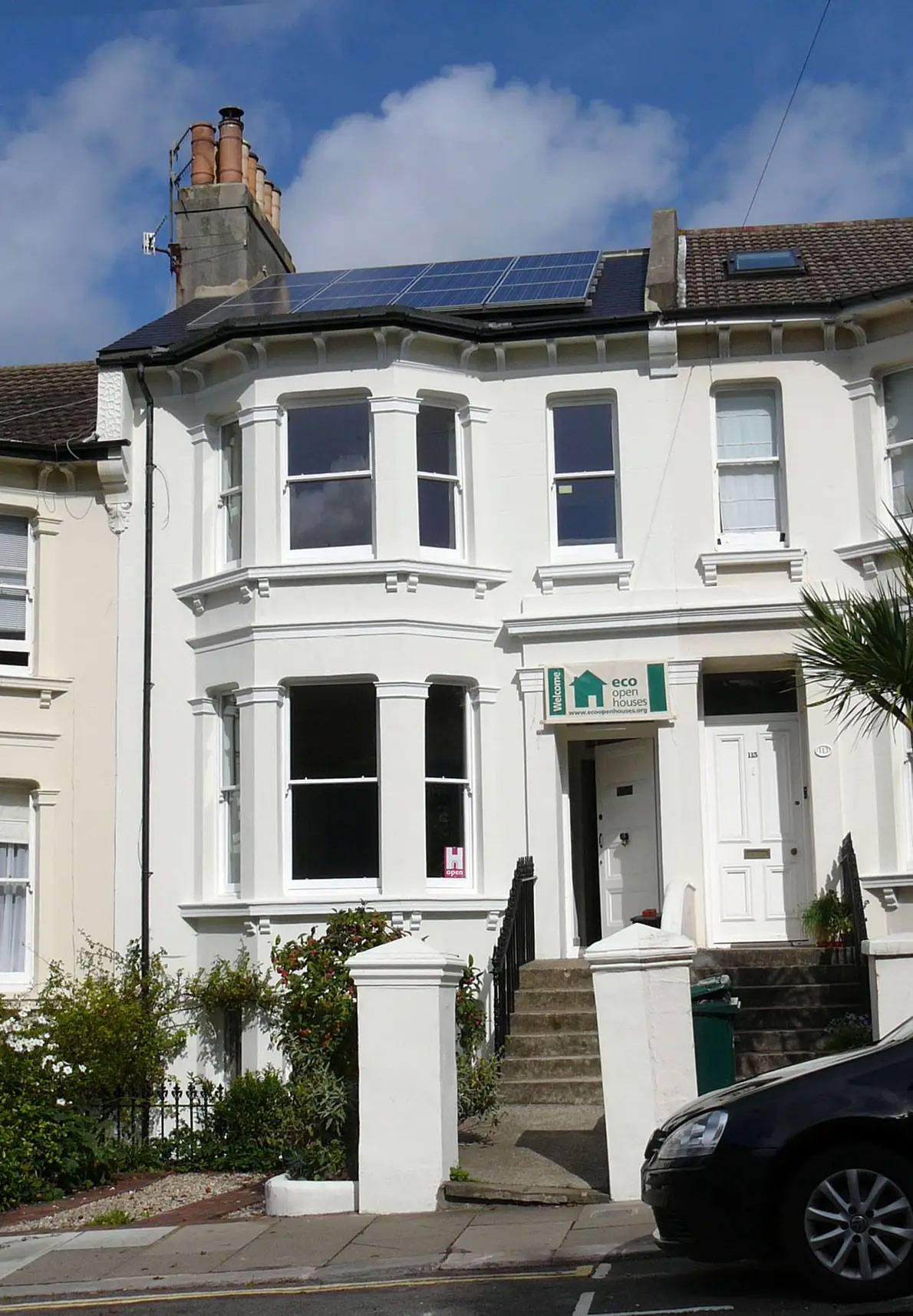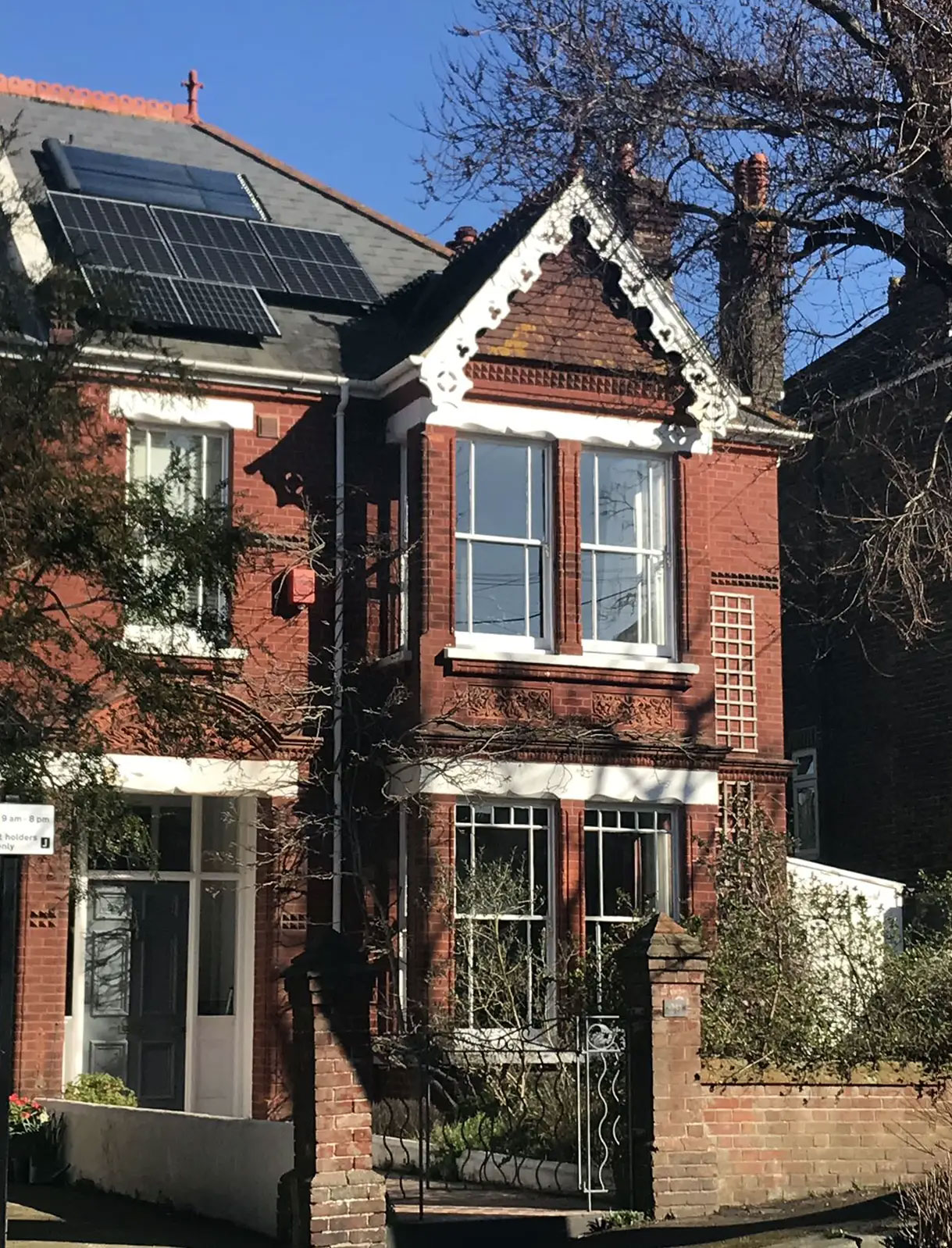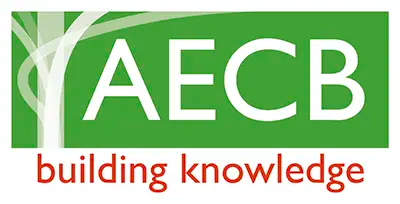Homeowners
Design or renovate your home to be more energy-efficient, environmentally friendly and comfortable in all seasons.
Advice and design
I can help you design an energy-saving, cost-saving and lower-impact home from the start. Or advise you on changes to your existing home to make it warmer in winter and pleasantly cool in summer, with a smaller carbon footprint and lower energy bills.
For all budgets and timeframes – Recommendations are tailored for your lifestyle, budget and future plans. From simple energy-saving changes you can make yourself over time, to designs to meet Passive House standards, where you’ll need hardly any heating at all. If you’re retrofitting a home, I can do a condition survey, set energy-saving goals, and help you get the most out of government grants and other incentives.
Comfortable low-carbon living – Drawing on my interior design skills and technical knowledge, I can help you simplify the layout of your existing home or revise the plans for your new home. The result will be a home that is a more pleasing, energy efficient, comfortable and practical place to live. Energy-savings measures can have other benefits too, such as sound proofing and enhanced natural lighting.
Smarter choices – Installing appropriate renewable technologies, ventilation systems and other adaptations can future proof your home against overheating, intensive rain, volatile energy prices and disrupted energy supplies. Using responsibly sourced non-polluting natural materials can create a more robust structure and healthy indoor air too. While recycling materials or manufacturing your home off-site can also save on costs and carbon.
Practical help with your project – I can give impartial advice on contactors, sourcing materials and services, and can guide you through the building or retrofitting process.

Case Study
1950s bungalow to ‘Superhome’
The extensive retrofitting of a 1950s property in Lewes, East Sussex cut energy usage by more than 80%. It is now listed as a ‘Superhome’.
Achieving this involved installing external wall insulation, triple-glazed chestnut wood framed windows, loft and floor insulation, sun pipes, extractor fans with heat recovery, draught stripping and rainwater collection.
Case Study
Heritage property
This Grade 2* manor house was transformed from being damp and cold with a package of measures to improve breathability and insulation.
The issue of damp on the internal walls was solved by removing the concrete mortar which had been applied to external flint walls and replacing it with lime mortar to allow the walls to breath. Although planning restraints prohibited internal insulation to cover the rafters, loft insulation, draught proofing and thick curtains on the doors, and additional secondary glazing made the home far warmer.


Case Study
Victorian Terraced House
I purchased my house in a grisly state – no central heating and shag pile carpet! But a five-month project turned this leaky house into a warm, attractive home that’s cheap to run.
To improve energy-performance I installed slim double-glazed timber sash windows that look just like the originals. Instead of exterior wall insulation, I used interior wall insulation and reinstated Victorian cornices over it. I also put in draught proofing strips, photovoltaic panels and a centralised Aereco demand-controlled ventilation system to remove stale air from wet rooms and maintain healthy humidity levels inside.
This project shows how you can achieve good energy performance in older homes and conservation areas without compromising the character of a building or the breathability of bungaroosh and solid brick walls.
Case Study
Edwardian semi-detached house
Cavity wall insulation, ground floor insulation, natural sheep’s wool loft insulation along with secondary glazing has made this once-cold and draughty house much warmer.
These measures, combined with a new heat pump, highly efficient aluminium radiators and an enlarged photovoltaic array also reduced the home’s carbon emissions significantly.
Removing a south-facing roof light, improving the loft insulation, and adding new extract ventilation also eliminated the overheating problem in the loft.

Let’s work together
If you’re in or around the South Downs National Park, contact me to discuss making your new build or renovations more sustainable.






